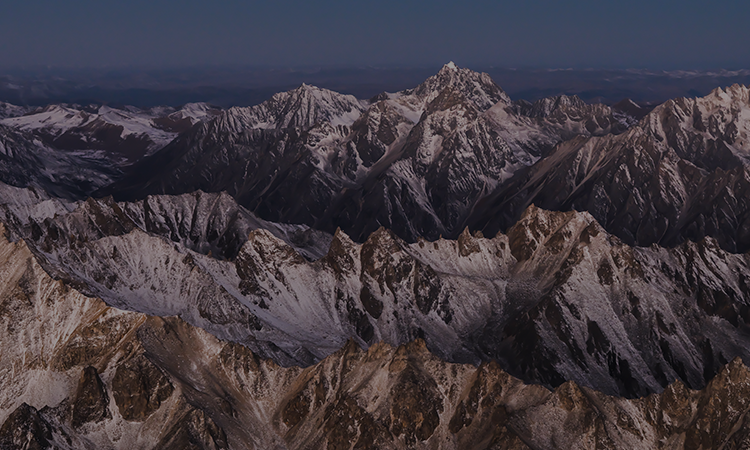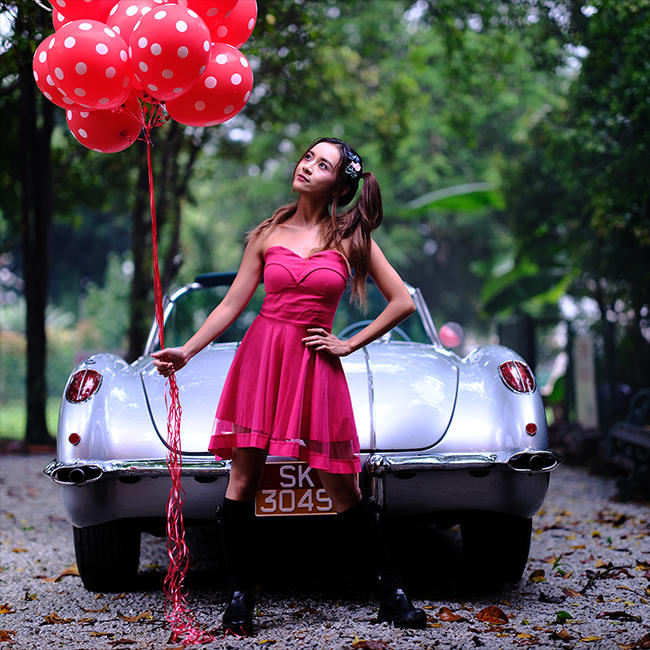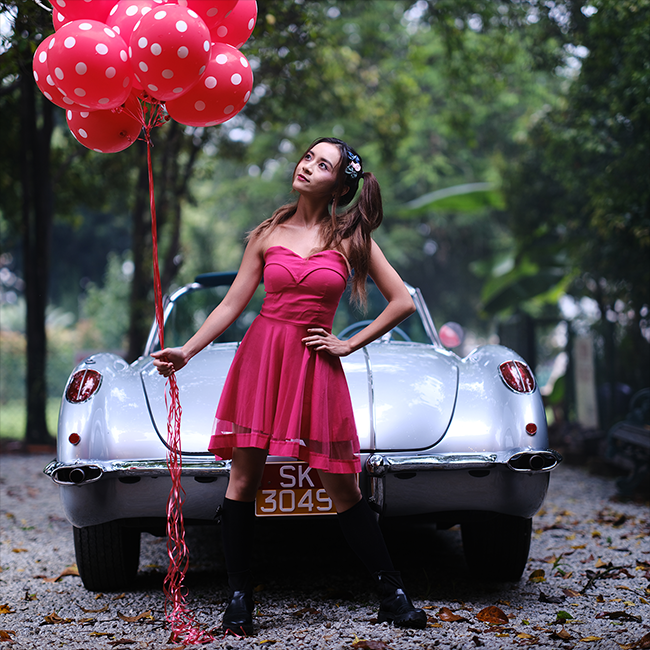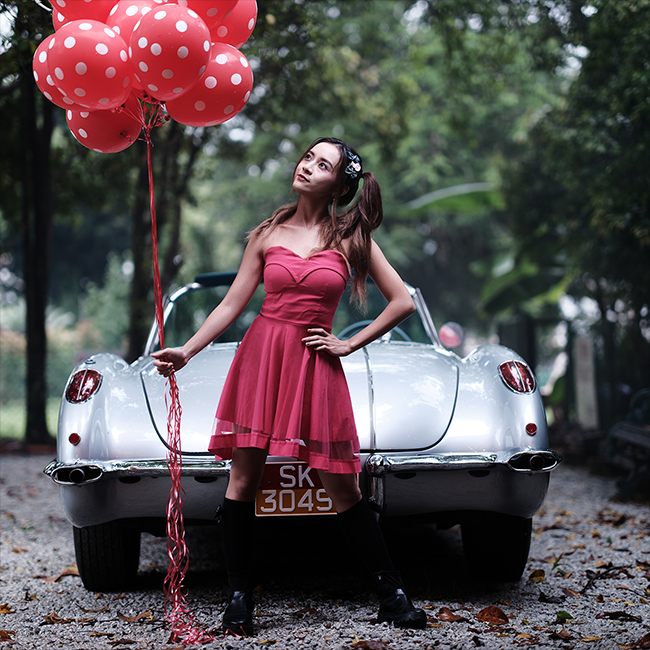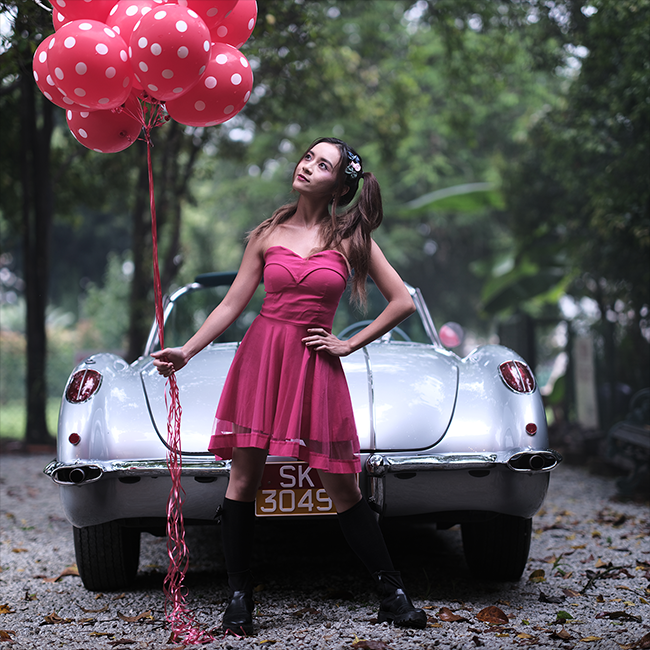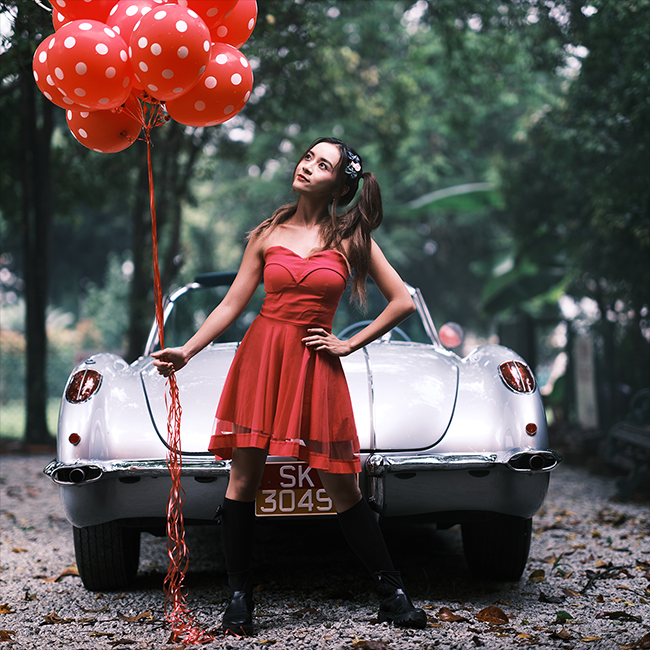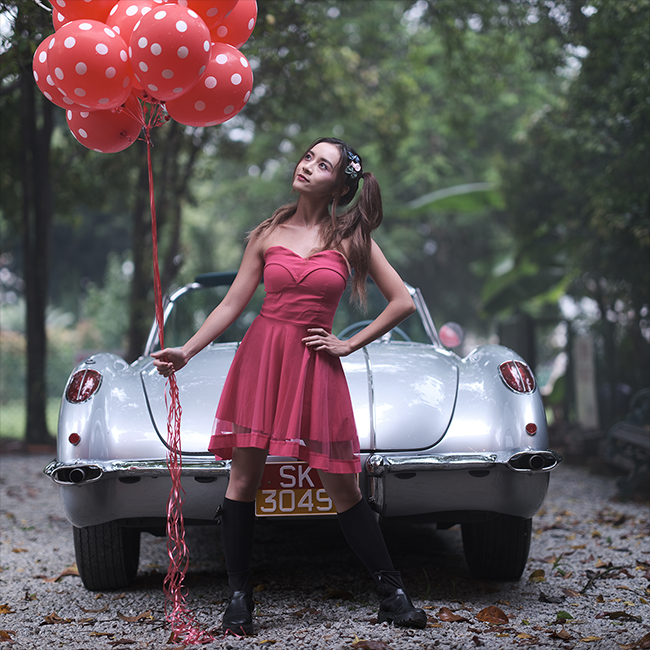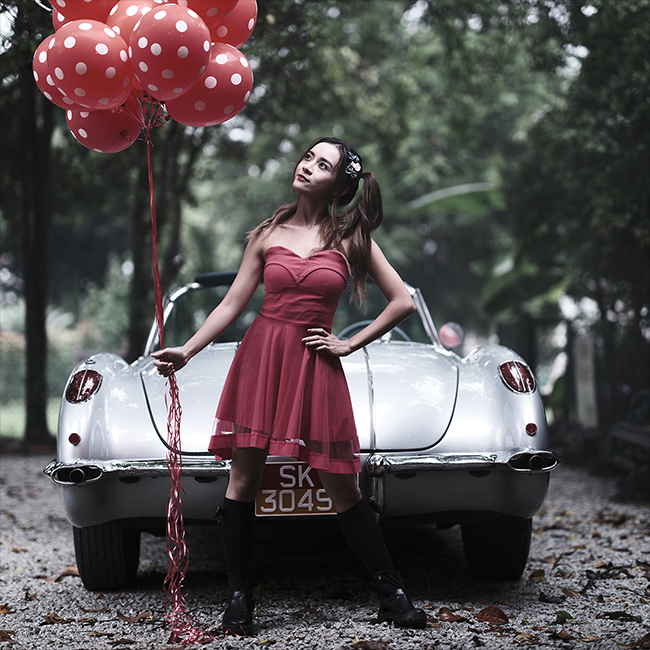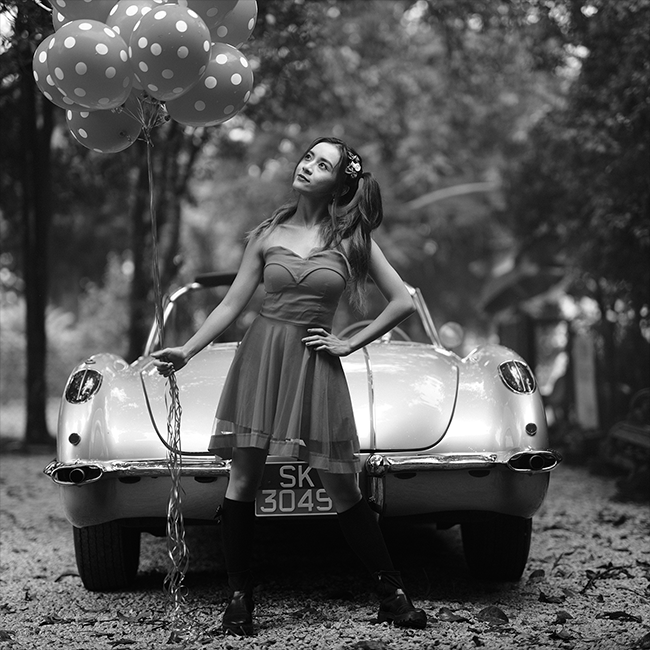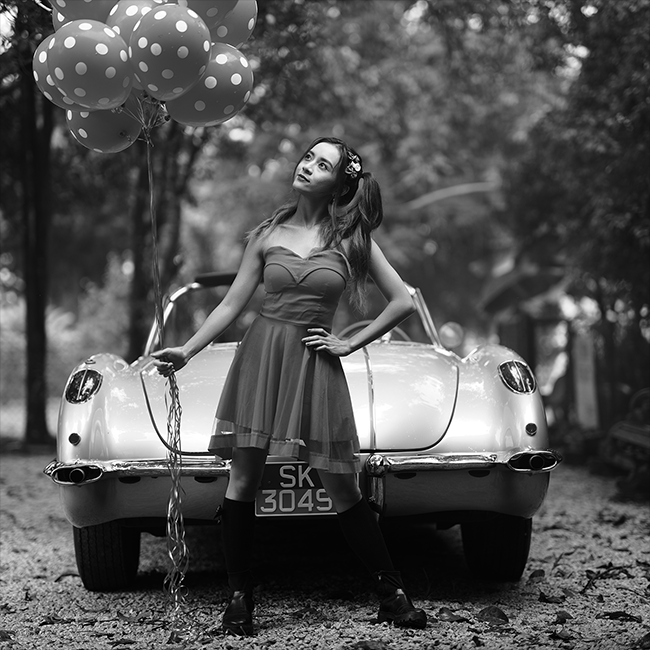More Resolution
*When compared to full-frame imaging sensors and their aggregate performance regarding the features.
-
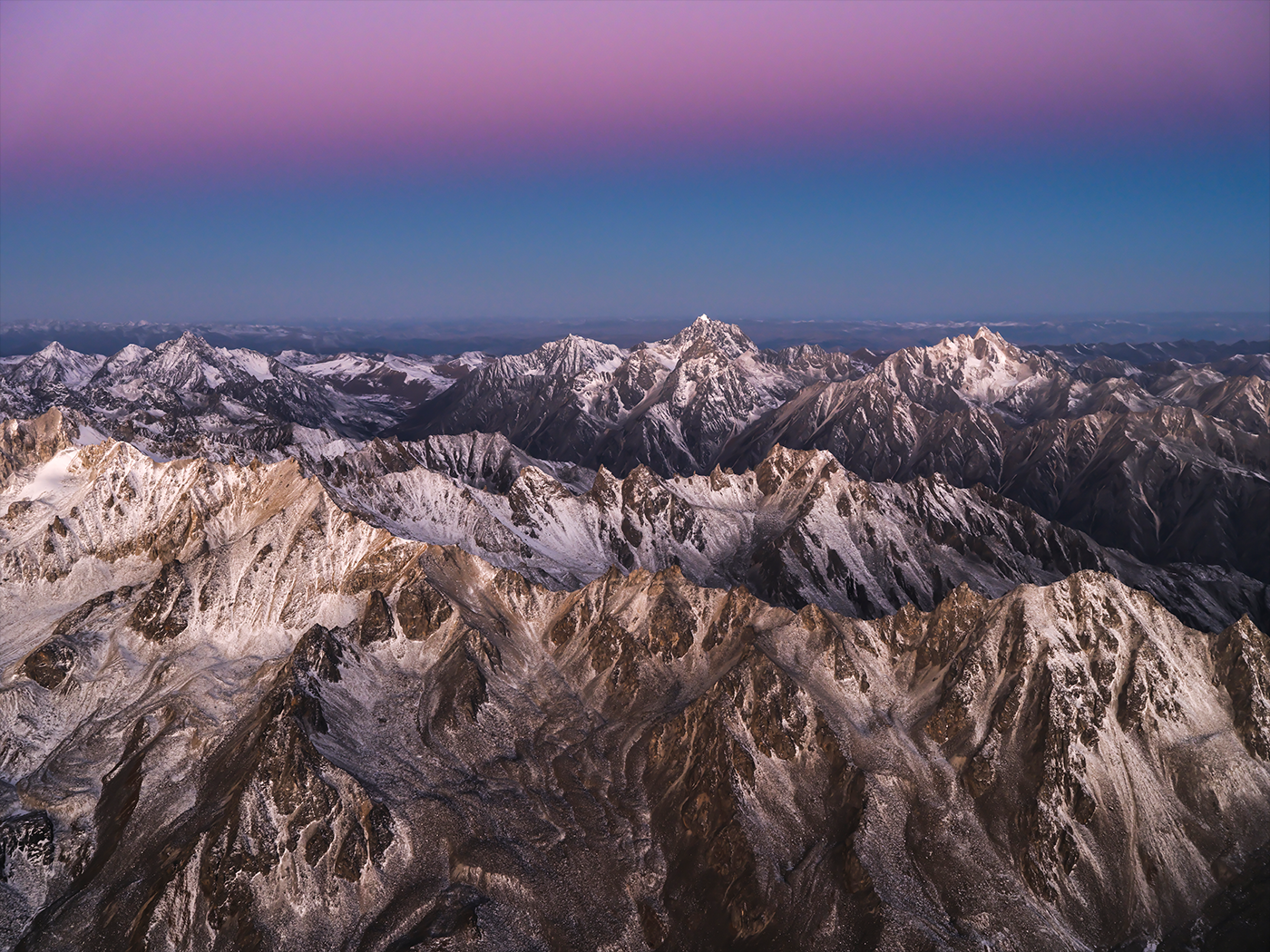
©︎Ji Guo
With 102MP of resolution packed into its 44mm x 33mm imaging sensor, GFX100S is perfectly equipped to provide superior detail in any image or piece of video footage. However, this would not be possible without the resolving power of FUJINON G Mount lenses. Leveraging decades of experience in creating broadcast optics, it’s this combination of our optics and sensor technology that will set your images apart. From the eyelashes in a portrait to the delicate blades of grass in an incredible landscape, GFX100S is with you to frame every detail.
Pixel Shift Multi Shot

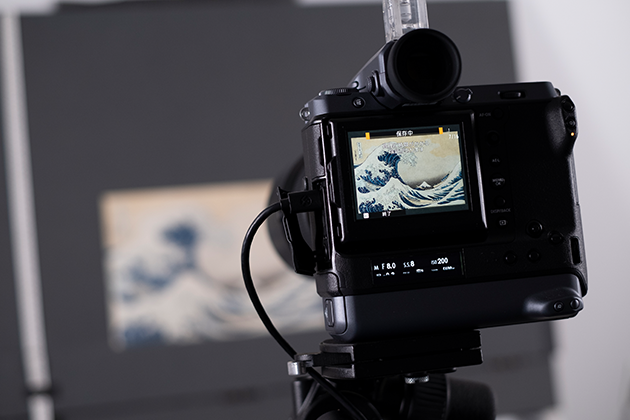
Pixel Shift Multi Shot
When nothing but the best will do, GFX100S rises to the challenge. Its Pixel Shift Multi-Shot function combines 16 RAW files to create a single 400MP image that reproduces the finest details with ultimate colour accuracy. Images are created by moving the imaging sensor to record red, green and blue data from every pixel. This process results in unparalleled colour reproduction, minimal false colours, and is perfect for archiving works of art, preserving cultural assets, or for any application that requires immense colour fidelity and sumptuous detail.
More Bokeh
*When compared to full-frame imaging sensors and their aggregate performance regarding the features.
-

©︎Ivan Joshua Loh
Set your portrait photography apart from full-frame users by making the move to large format and combining GFX100S with GF80mmF1.7 R WR or GF110mmF2 R LM WR to produce images that have a unique look.
Unmatched in how these combinations separate their subjects from their backgrounds and create an almost three-dimensional quality to the image, full-frame users will be hard-pressed to create images of the same aesthetic quality. This is mostly because of the relationship that exists between the focal length and how its field of view is reproduced on a large format sensor. Large format images just naturally create images with more compression and separation, which is why there is simply no replacement for GFX100S and either one of its portrait lenses.
More Tone
*When compared to full-frame imaging sensors and their aggregate performance regarding the features.
-

©︎Gianluca Colla
GFX100S delivers wonderfully smooth tones with incredibly subtle colour gradations, thanks to advanced sensor technologies that produce exceptional results. This is not only a result of the sensor’s overall resolution, but also because it incorporates a back-illuminated design, which allows light to hit the sensor more directly to produce images with more detail and less overall noise. Combine this with GFX100S’s ability to record 16-bit RAW and TIFF files and it’s no wonder why it’s the perfect choice for photographers who demand perfection.
Film Simulation


Fujifilm’s expertise in colour science is legendary among image makers. For more than 85 years, it has been responsible for some of the world’s most iconic photographs and movies. GFX100S gives you access to this wealth of experience at the touch of a button, powered by one of the world’s most widely acclaimed digital colour processing engines. With a choice of 19 exclusive FUJIFILM Film Simulation modes, it is easy to achieve fantastic colour, instantly, straight out of camera and with a new FIlm Simulation mode to explore – Nostalgic Neg. – it may just be worth it to spend a little more time here than you originally thought.
Nostalgic Neg.
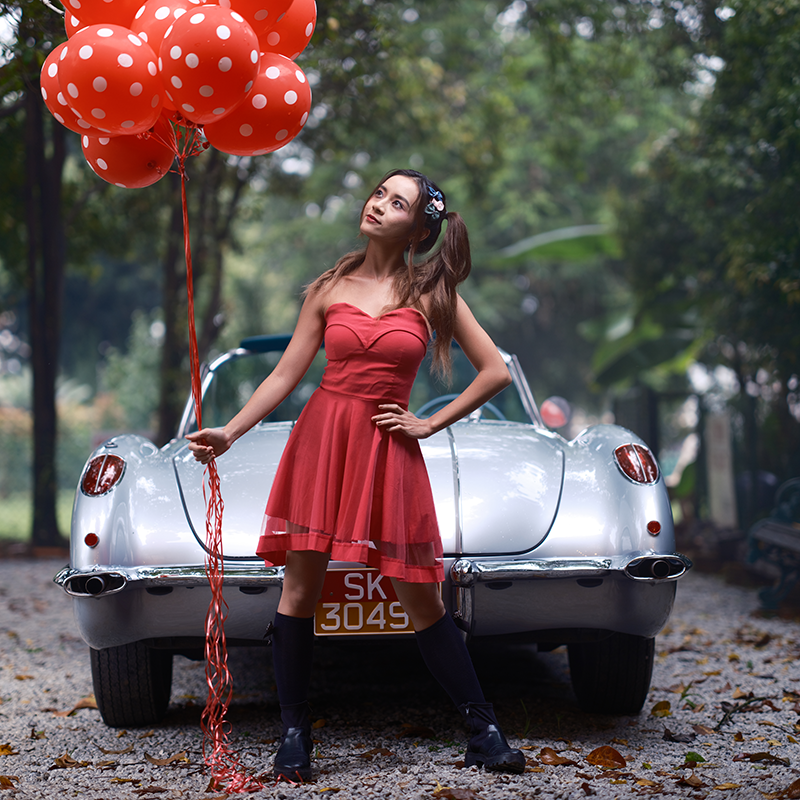
©︎Ivan Joshua Loh
Designed to recreate the look of images in old photo albums, Nostalgic Neg. produces images with rich colours in the shadows and a soft tonality through the mid-tones and highlights.
Other
As a manufacturer of cameras and photographic films for many years, Fujifilm has developed the Film Simulation modes to digitally replicate the look of film. The GFX 100 allows users reproduce these colours and tones, despite its large image resolution, adding an artistic flair to images of exceptional quality.
- PROVIA
- Based on FUJICHROME PROVIA, a reversal film designed for professional use, this Film Simulation mode caters for all subject types, offering a relatively neutral colour reproduction.
- Velvia
- Based on FUJICHROME Velvia, an ultra vivid reversal film designed for professional use, this Film Simulation mode provides richer and high-contrast colors than the standard “PROVIA,” normally used by landscape photographers.
- ASTIA
- Based on FUJICHROME ASTIA, a reversal film designed for use in fashion portraits, this Film Simulation mode prioritises soft and faithful reproduction of skin tones while also reproducing vivid blue skies and greenery.
- CLASSIC CHROME
- This Film Simulation mode is designed to reproduce a look that is similar to documentary magazines of the 20th century. Its low-saturation and hard tonal gradation in shadows make it a perfect choice for documentary photography with a touch of realism.
- PRO Neg. Hi
- Based on PRO160NH, a colour negative film for professionals, this Film Simulation mode has slightly harder tonal gradation than PRO Neg. Std. It is mainly used in portrait photography where the lighting is not easily controlled. It provides the right amount of shadows even under flat lighting.
- PRO Neg. Std
- Based on PRO160NS, a colour negative film for professionals, this Film Simulation mode has a soft tonal gradation and excellent skin tone reproduction. Ideal for portrait photography under carefully controlled lighting. The neutral tonality renders itself well to post-processing.
- Classic Neg.
- Based on SUPERIA, a colour negative film loved by generations, this Film Simulation mode provides high-contrast tonal gradation and adds depth and definition to colours by adjusting their shades in highlights and shadows while reducing saturation.
- ETERNA
- Based on ETERNA, a film designed for motion pictures, this Film Simulation mode minimises saturation to ensure that none of the colours stand out. It provides an extremely soft tonal gradation in highlights and deep shadows to prevent clipping, to reproduce a cinematic look.
- ETERNA Bleach Bypass
- This Film Simulation mode applies a Bleach Bypass effect to the ETERNA mode. This careates a high-contrast and low-saturation look which gives a touch of profoundness, loved by many filmmakers, which is perfect for a more dramatic edit.
- ACROS
- Based on ACROS, a monochrome film renowned for its super fine grain, this Film Simulation mode delivers rich shadow details and excellent sharpness, while still being able to add grain at high ISOs to produce the stunning textural feel of monochrome films.
- Monochrome
- Shoots in black and white. Available with yellow, red, and green filters, which deepen shades of gray corresponding to hues complementary to the selected colour.
- SEPIA
- Adds a warm tone across the frame for a sepia look. When applied to a retro subject, it creates a nostalgic look.
Image Format,
Size and Aspect
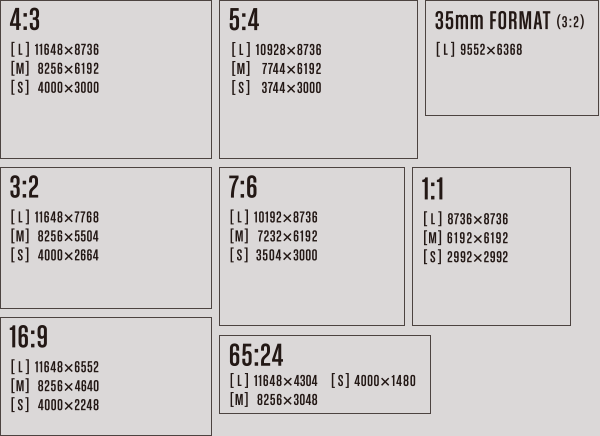
Making images requires flexibility. This is why GFX100S offers a wide selection of image formats and qualities. These include uncompressed and lossless compressed RAW and JPEG formats of varying image sizes, aspect ratios, and compression ratios. In-camera RAW processing provides the option of saving 8-bit or 10-bit colour depth images as 8-bit or 16-bit TIFF files. It even has the ability to record a centered 36x24mm image when using a 35mm format lens with a compatible mount adapter.
Image Effects
Enhance your images with creative film-like effects. GFX100S offers Grain Effect for replicating the graininess of analogue photos, Colour Chrome Effect for adding deeper tonal gradation to a subject with highly saturated colours, and Smooth Skin Effect for smoothing the skin tones on portraits.
Colour Chrome Effect
-
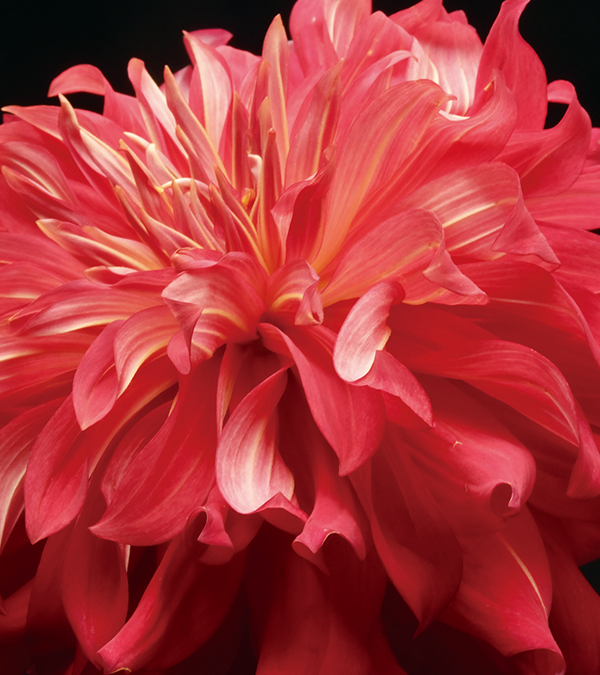
OFF
-
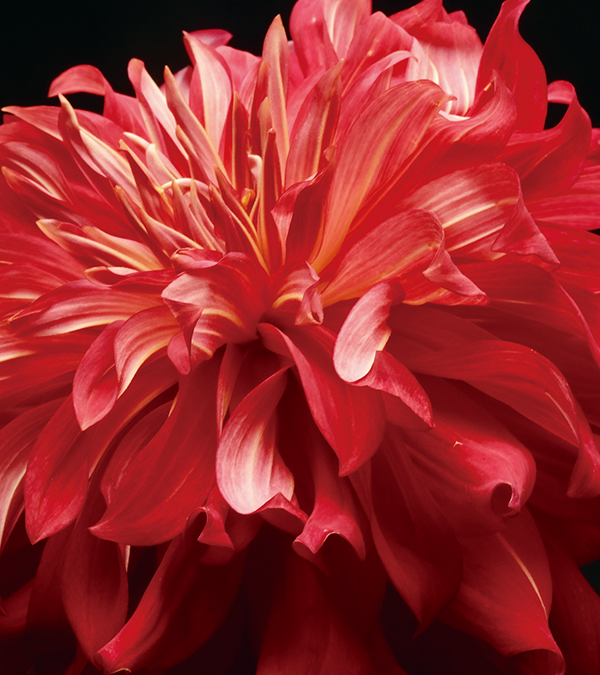
Strong
White Balance
-
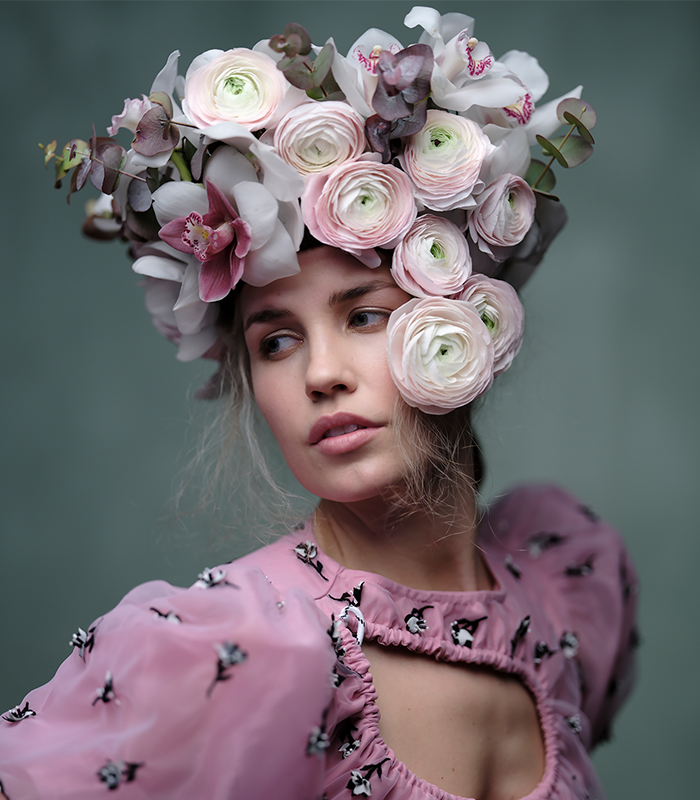
2500k
-
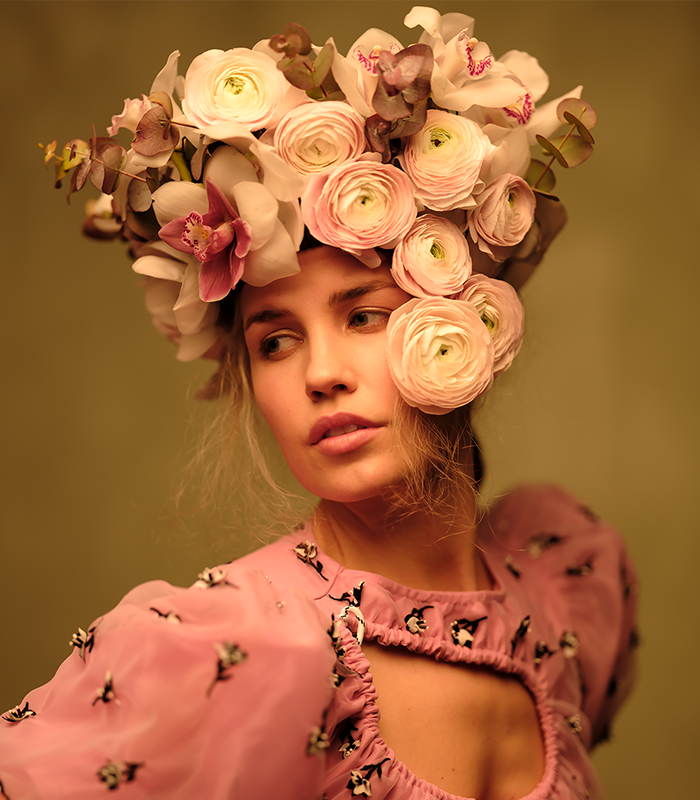
5000k
©Pål Laukli
You can choose the white balance setting from Auto, Custom, Colour Temperature and Preset. The white balance can be fine tuned in the WB Shift feature with RB colour coordinates. In the Custom mode, which measures the ambient light to determine white balance, you can also adjust size and location settings and register three presets.
- Mode
- Automatic Scene Recognition, Colour Temperature Selection (2500K – 10000K)
- Custom
- Custom 1~3 Size / Area Selectable
- Preset
- Daylight, Shade, Fluorescent Light (Daylight), Fluorescent Light (Warm White), Fluorescent Light (Cool White), Incandescent Light, Underwater
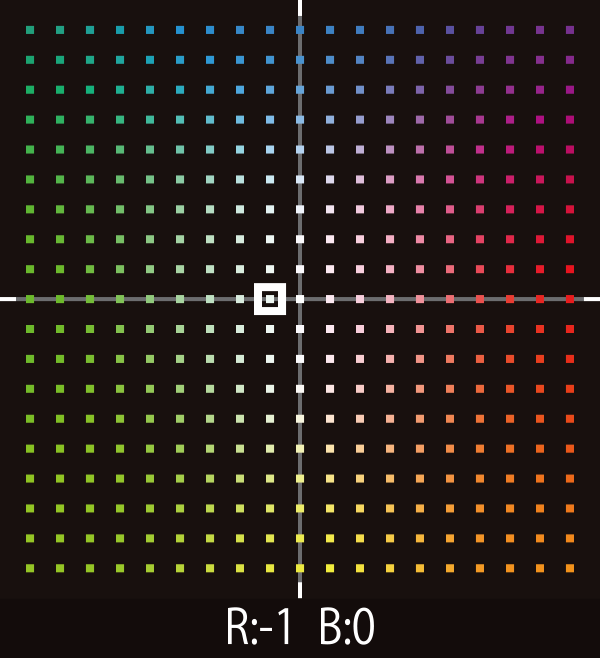
White Balance Shift
Clarity
-
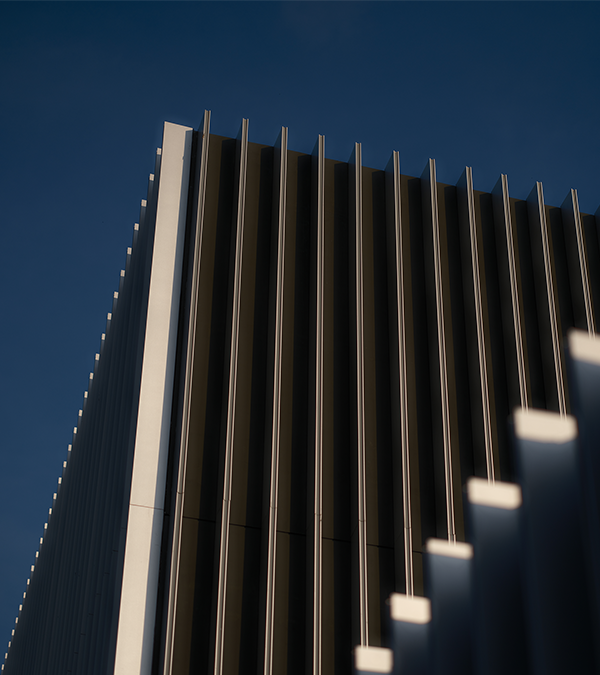
-5
-

+5


